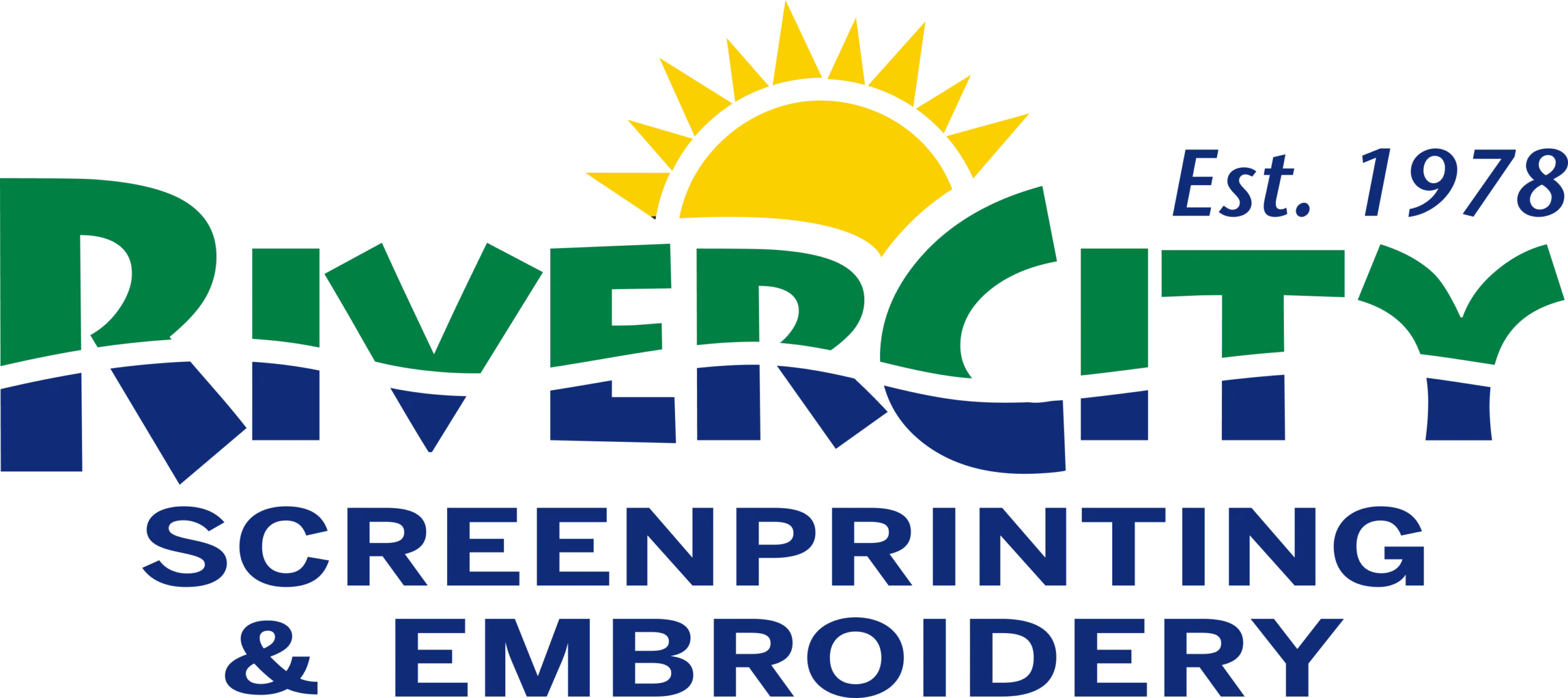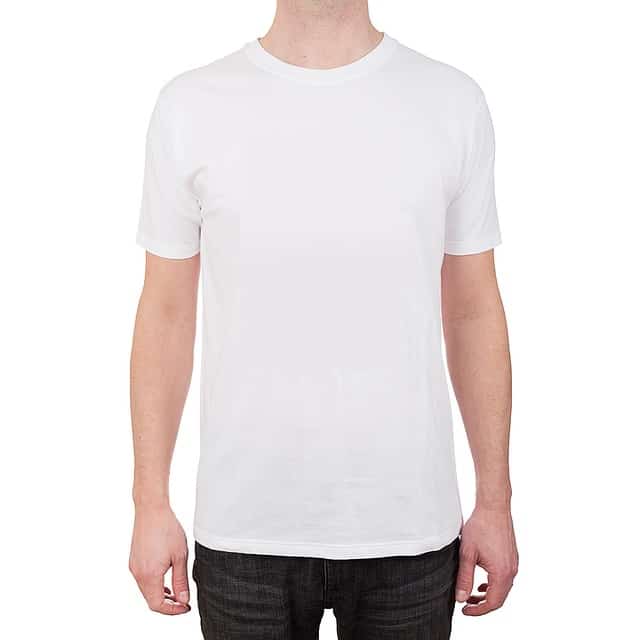One of the biggest questions that you’re likely thinking of before you screen print your tees is whether you should use vector or raster graphics. There is a difference between the two which is something that you should consider before you choose to screen print your tee shirts.
Raster images are pixel-based, which means that the images are captured as nothing more than a set of pixels. Raster images use the stored pixel information to display the image in order of how each pixel should be displayed on the screen. Zooming in means that it is possible to see the outline of each pixel, if you look at it closely enough. Raster images are used most commonly in photographs which are captured from natural surroundings.
Vector images use several tiny lines in order to store information about and display the image to the viewer. They use polygons for the purpose of displaying images in the form of mathematical curves. Vector images work well when they are being printed, as this means that the printer can print the curves in a very sharp and defined manner. The size of vector images can also easily be modified since it is easy to scale the mathematical curves which are part of vector graphics. Vector graphics also preserve the detail of typography and ensure that the resolution of the image is not lost when it is time for the image to be printed to a t-shirt.
Many printers may decide that they are only willing to work with vector graphics. This is to allow for the graphics to be modified easily if necessary. If the printer feels that the artwork is too small, it’s a very simple change for the printer to be able to fix this error with their own image editing software since size changes can be made easily with vector graphics.
Many also feel that they were taught in design school to use raster graphics for printing purposes. This is what many image editing software packages will use, such as a bitmap format. Images can be converted to a vector format, but many find that it is often much easier to have a vector image format before they begin designing the artwork which is to go on the shirt in question. This is so that many of the common design challenges can be avoided when the artwork is to be sent off to the printer.
For those whom do decide to use raster graphics, it is very important to consider using the appropriate resolution in the design software. The common recommendation for resolution is 300 DPI to ensure that the image is displayed properly in the screen printing process. This can prevent a lot of the common hiccups which can arise while you are trying to design your image for print production. You should still consider using raster images whenever possible to make sure that your design resolution is not lost in the process of transferring the image to a screen print.

